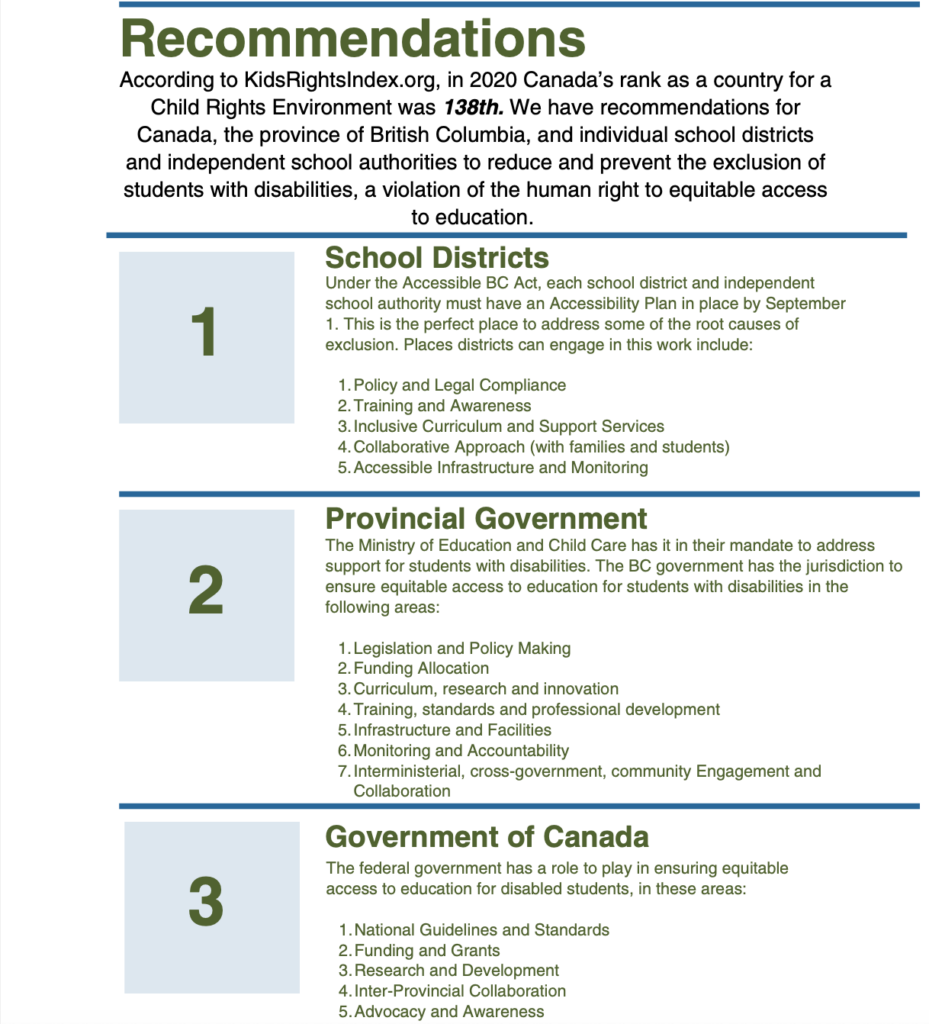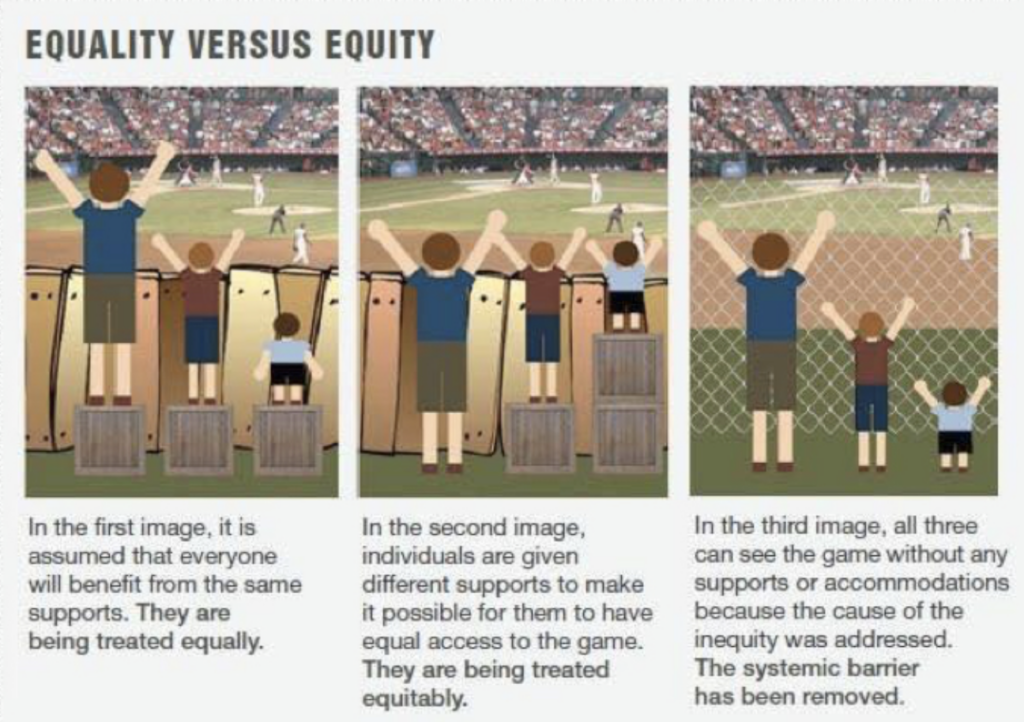
This week we listened to guest speakers Tracey Humphreys and Kaori Lau talk about BCEdAccess and how we can use technology in the classroom to be more inclusive. Their website is linked here, and it includes important information for educators. One resource that stands out to me in particular is the exclusion tracker, wherein individuals can self-report instances of exclusion due to their support needs.
“This report is a comprehensive consolidation of 4 years of tracker data, and shows BC children and youth with disabilities missed thousands of days of school, were left without support or instruction, were left out of field trips, clubs and events, were secluded and restrained, and numbers haven’t improved over 4 years of collecting and sharing data.”
BCEdAccess Exclusion Tracker Website
I found this to be honestly quite shocking and disheartening. According to the BCEdAccess website, these students are not only being failed by their school and teachers, but also by their school district, provincial government and federal government.

I also found it surprising and sad that on a global scale, Canada ranks 138th for Child Rights Environment. Having been made aware of the real challenges that students with support needs face, I feel as though I will go into practice being more aware of these sometimes subtle issues, and hopefully I can be a strong advocate for my students.
In particular, this talk showed me the barriers students and families face to access assessments and designations. I learned about the time and resource challenges that families face just so that their child can have the support they need. These systemic issues, along with personal challenges, culminate into what Kaori and Tracey referred to as “an invisible backpack”, which educators need to be cognisant of. I thought this was a powerful metaphor that extends beyond individuals with learning disabilities, and facilities empathy for everyone.
Technology has the ability to make learning environments equitable. From microphones that help students with hearing impairments, to specialised apps like speechify, we can reach a point in education depicted by the second image, wherein every student has equitable learning conditions. Hopefully, as we become more aware of systemic issues, we can work towards dismantling these issues, encouraging the incorporation of universal design into our classrooms, as depicted in the third image. This would mean that disabilities are built into the school design, rather than needing to use technology and funding to retrofit the current system to meet individual student needs.
